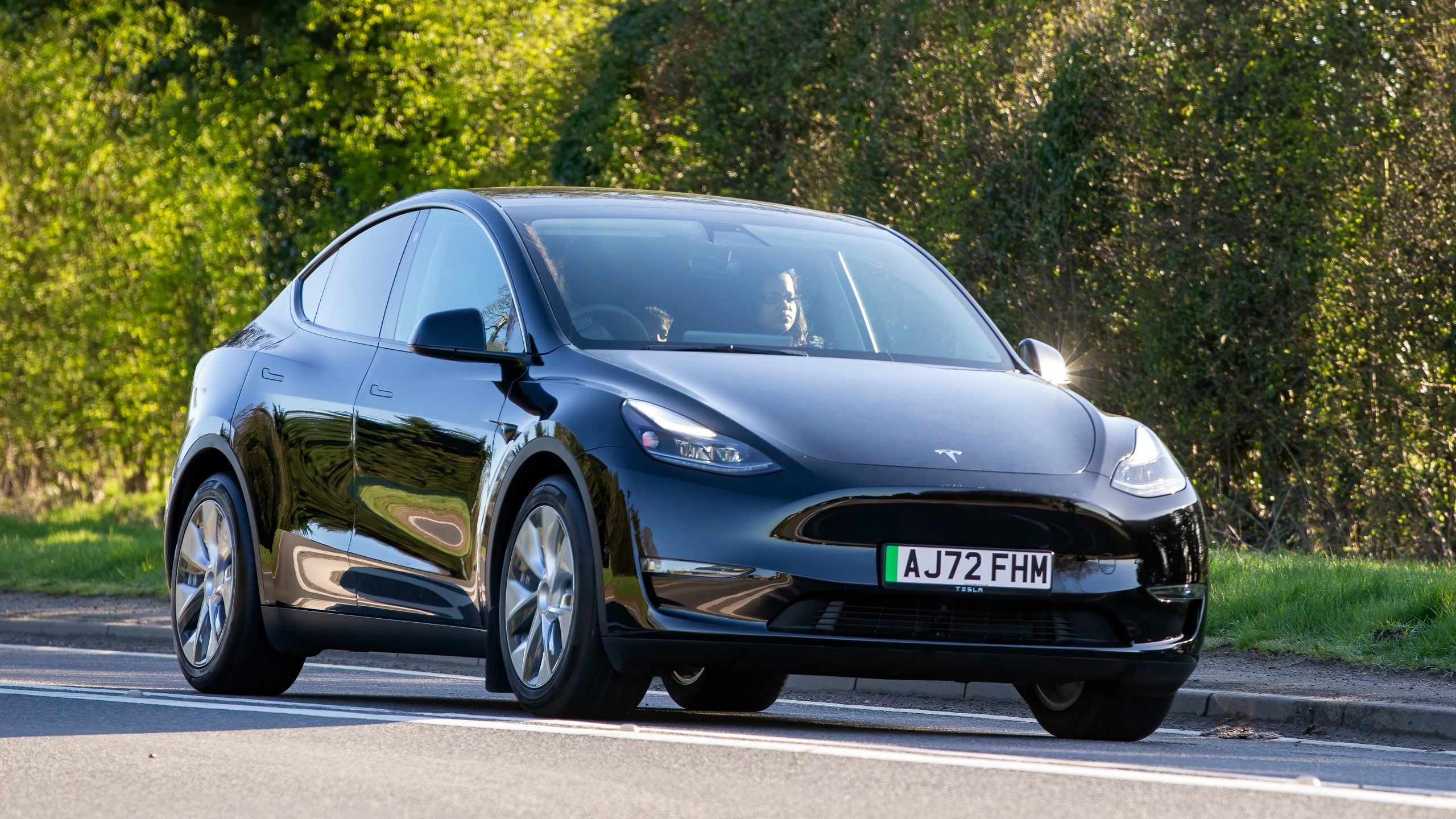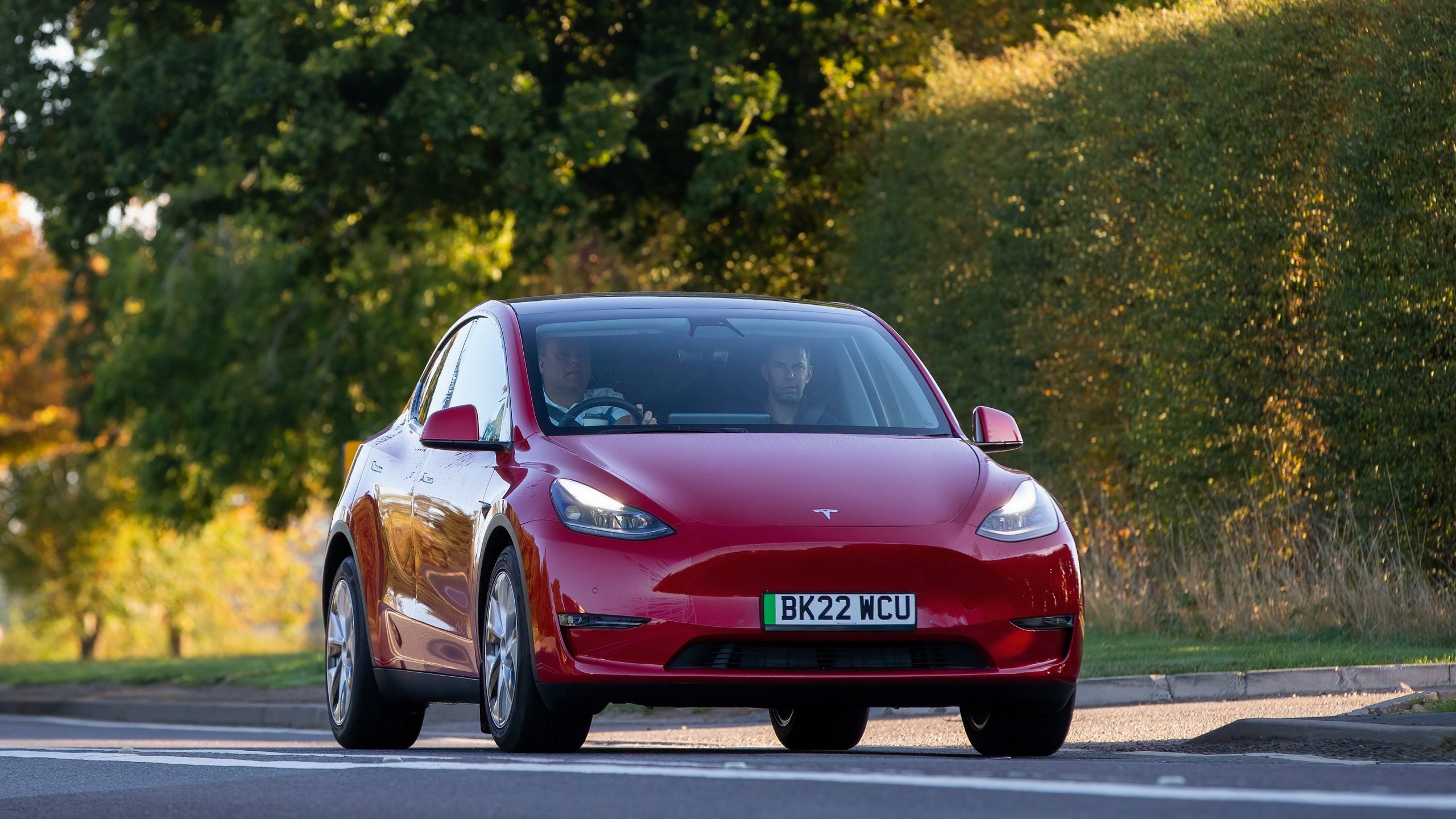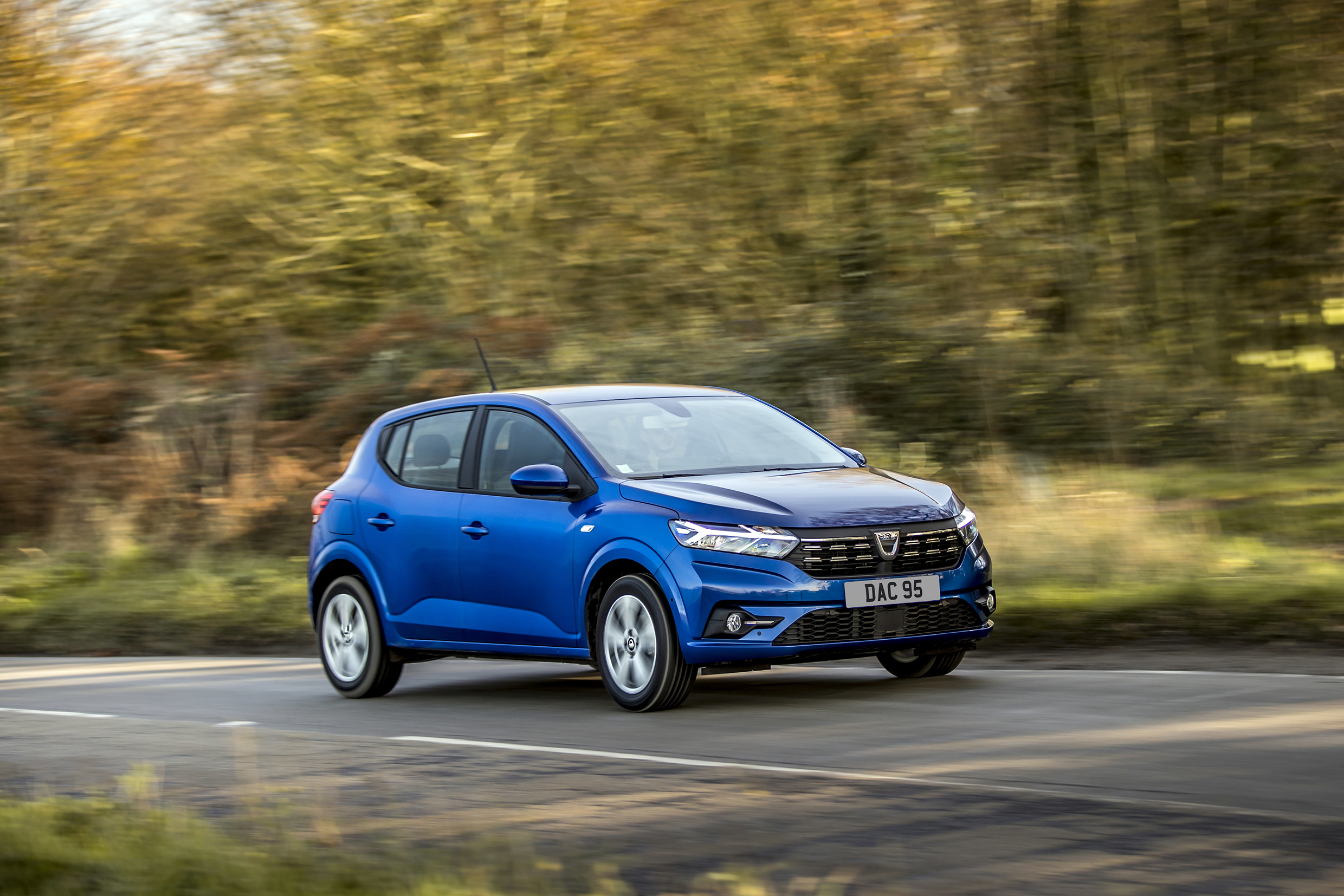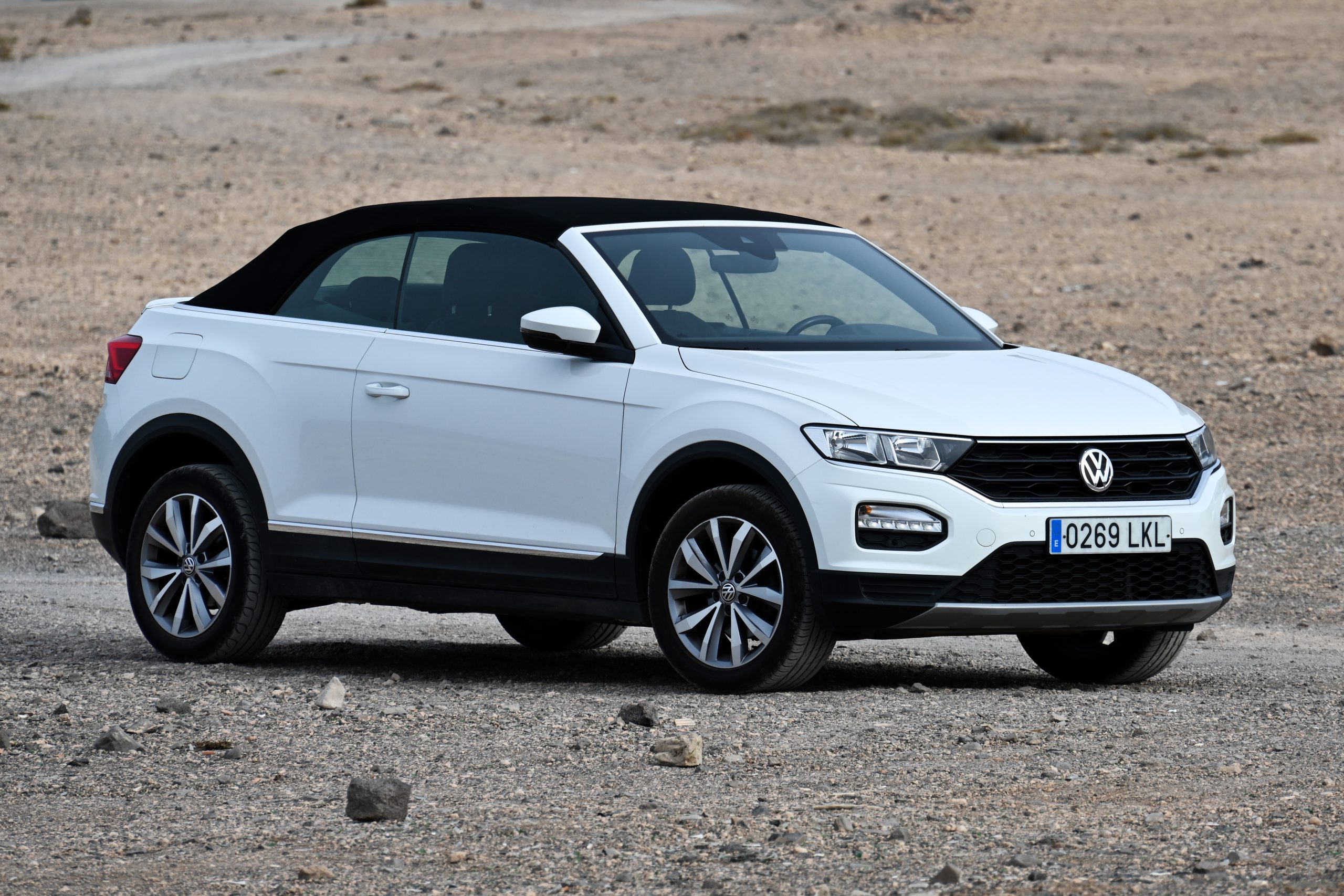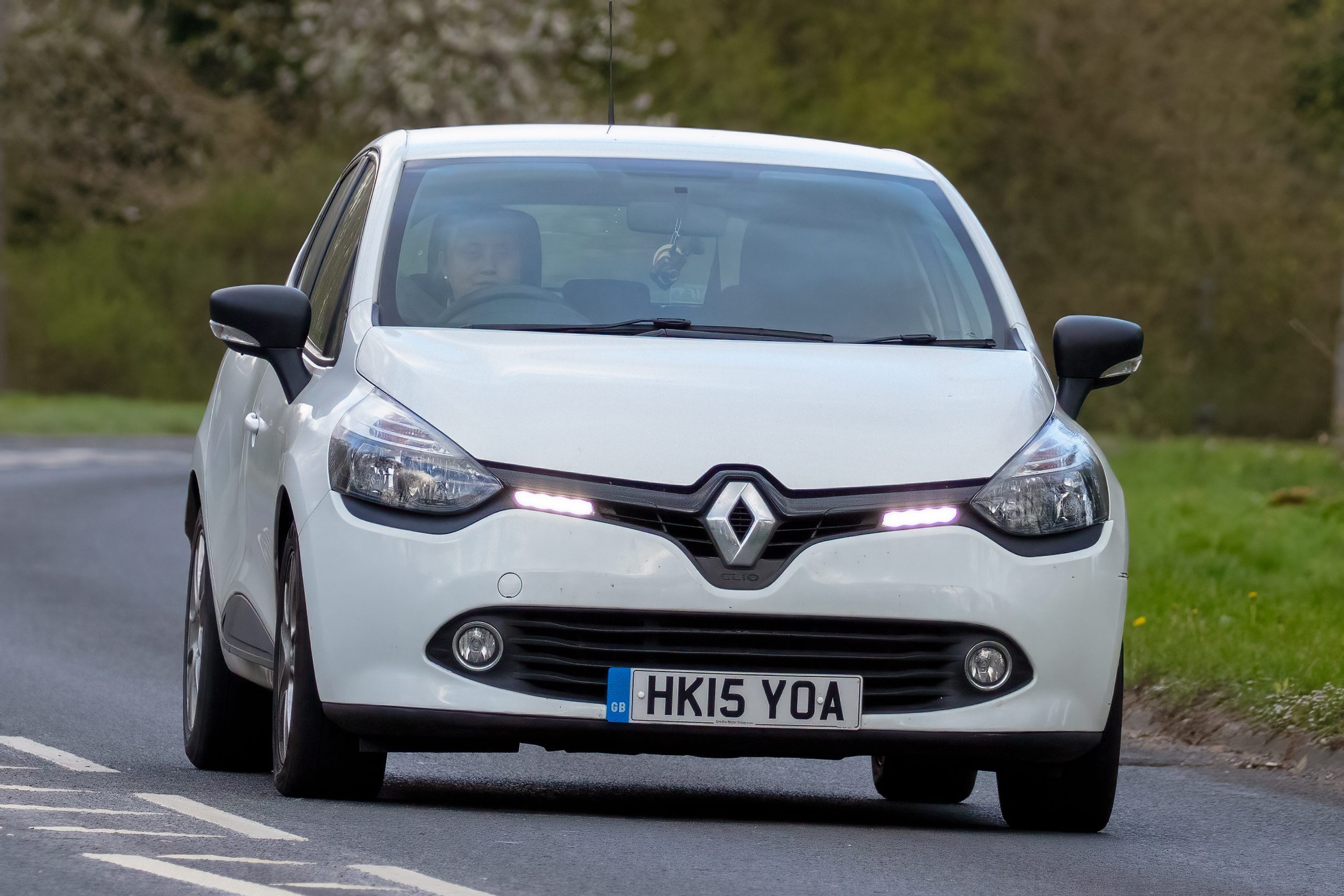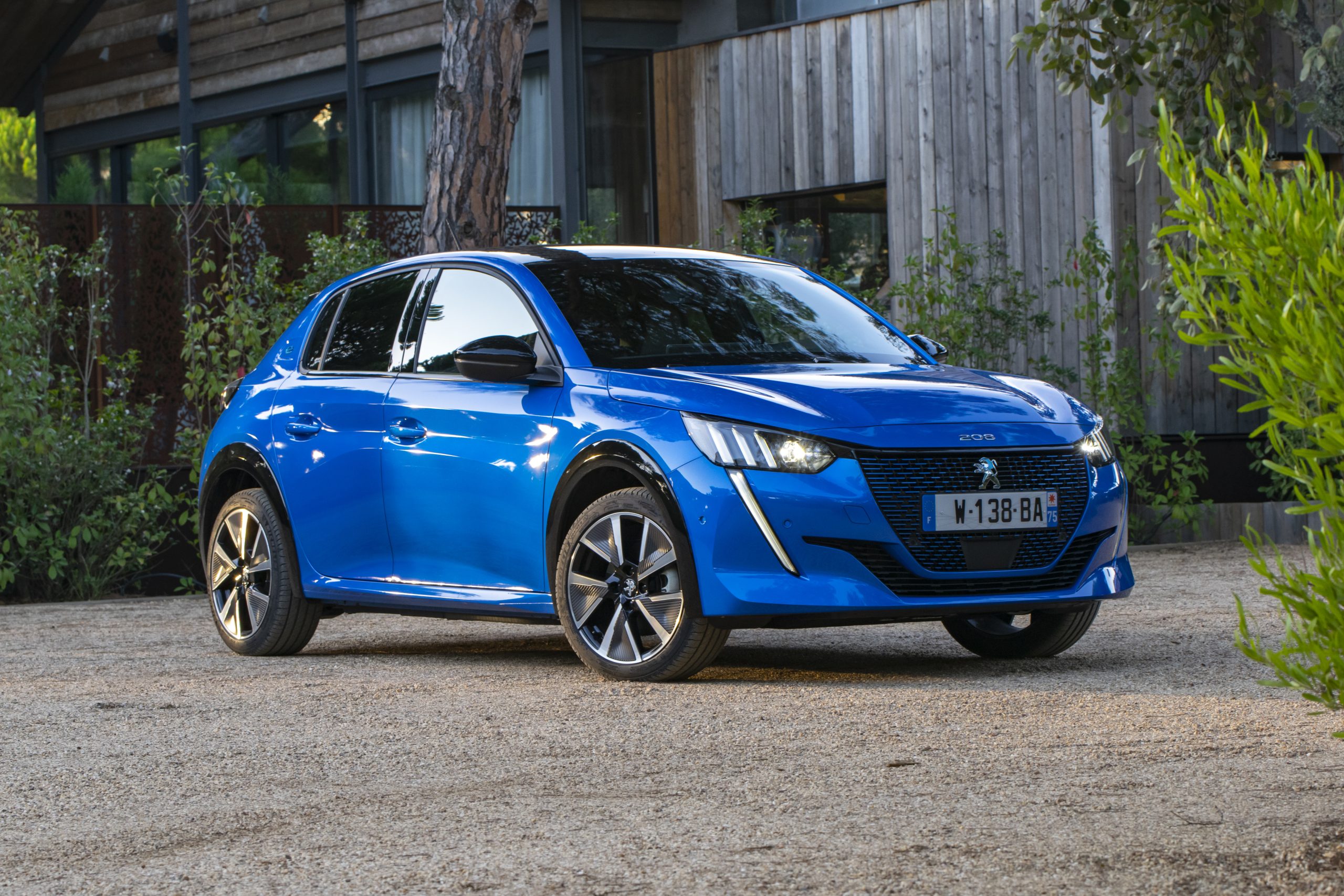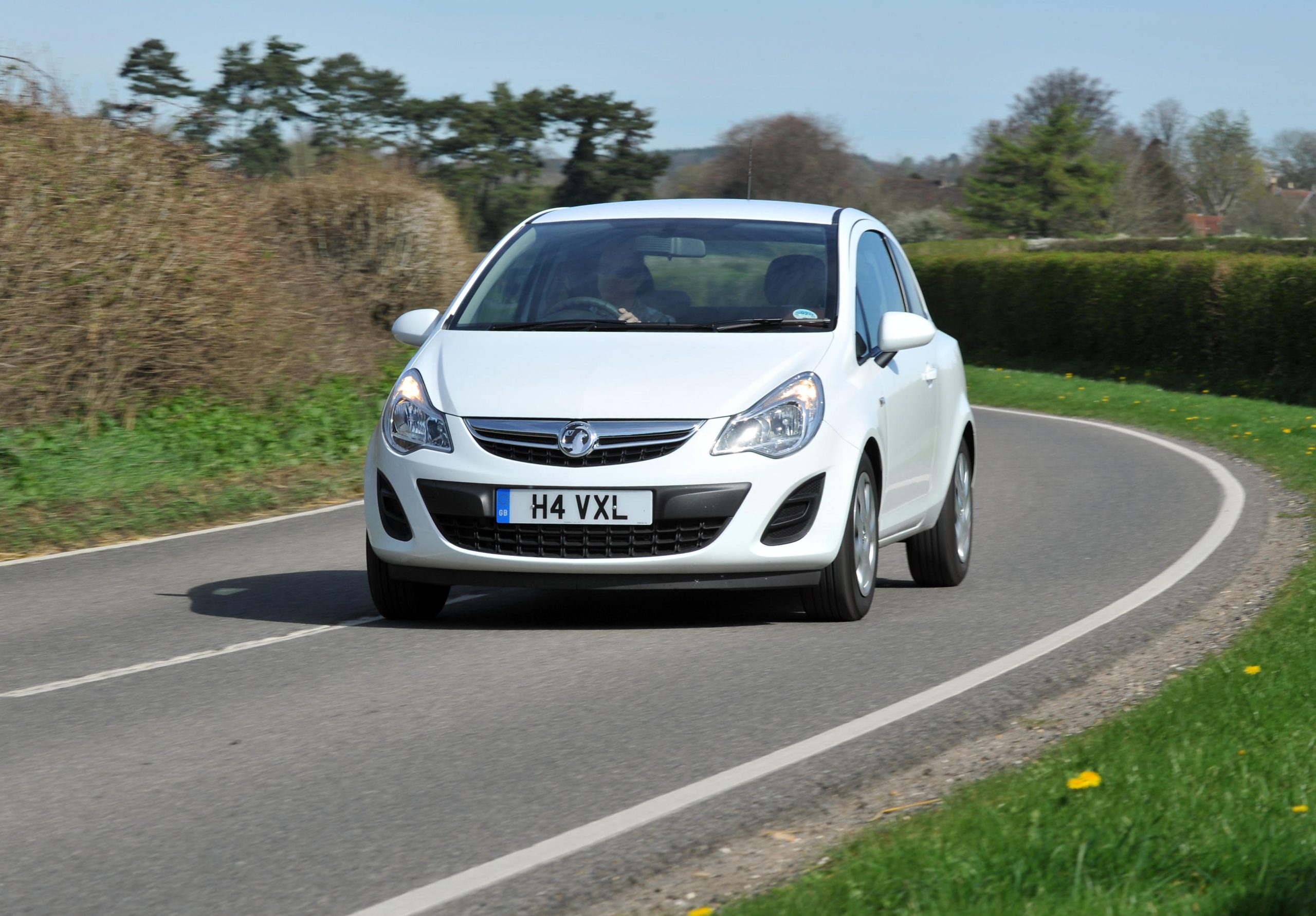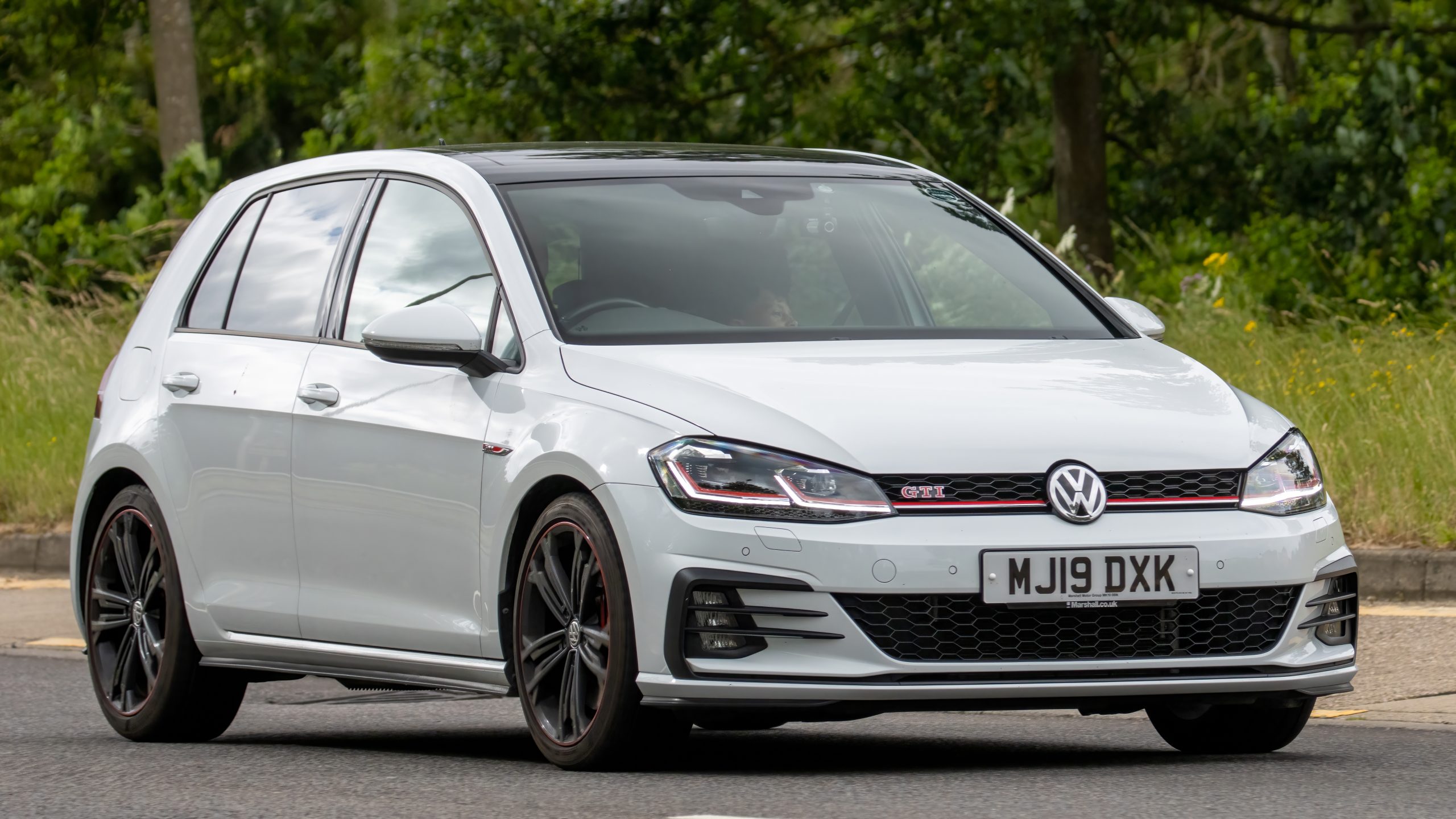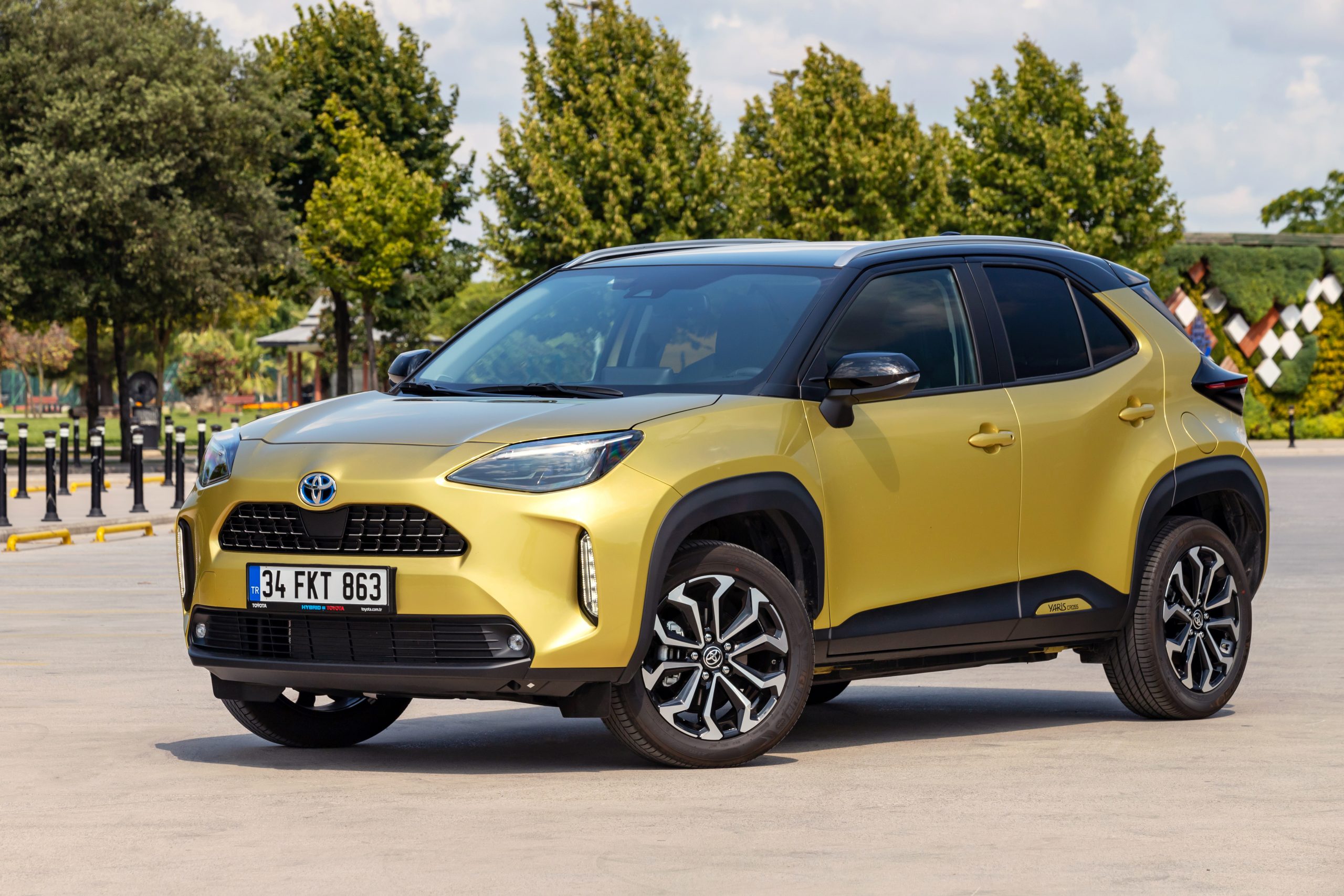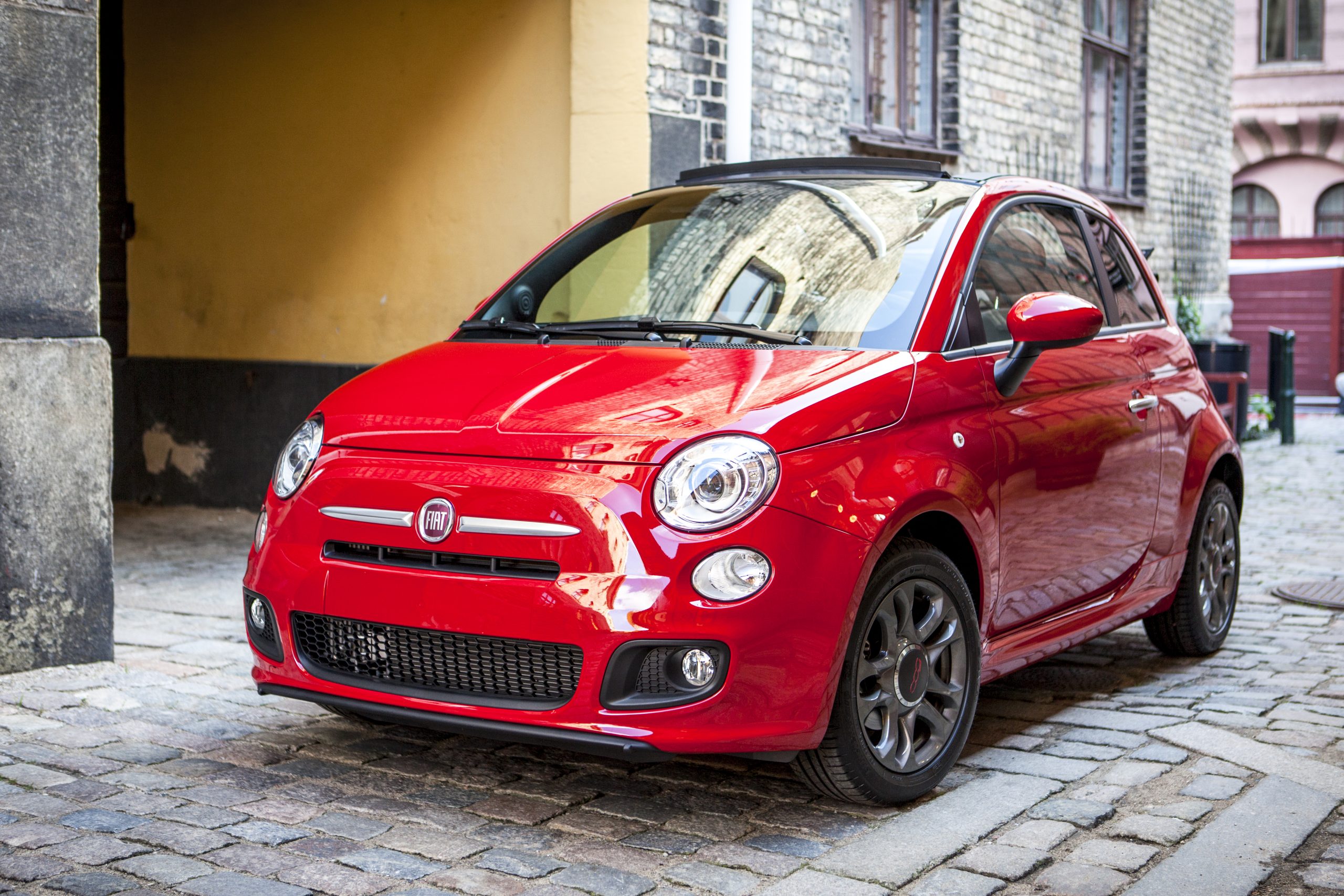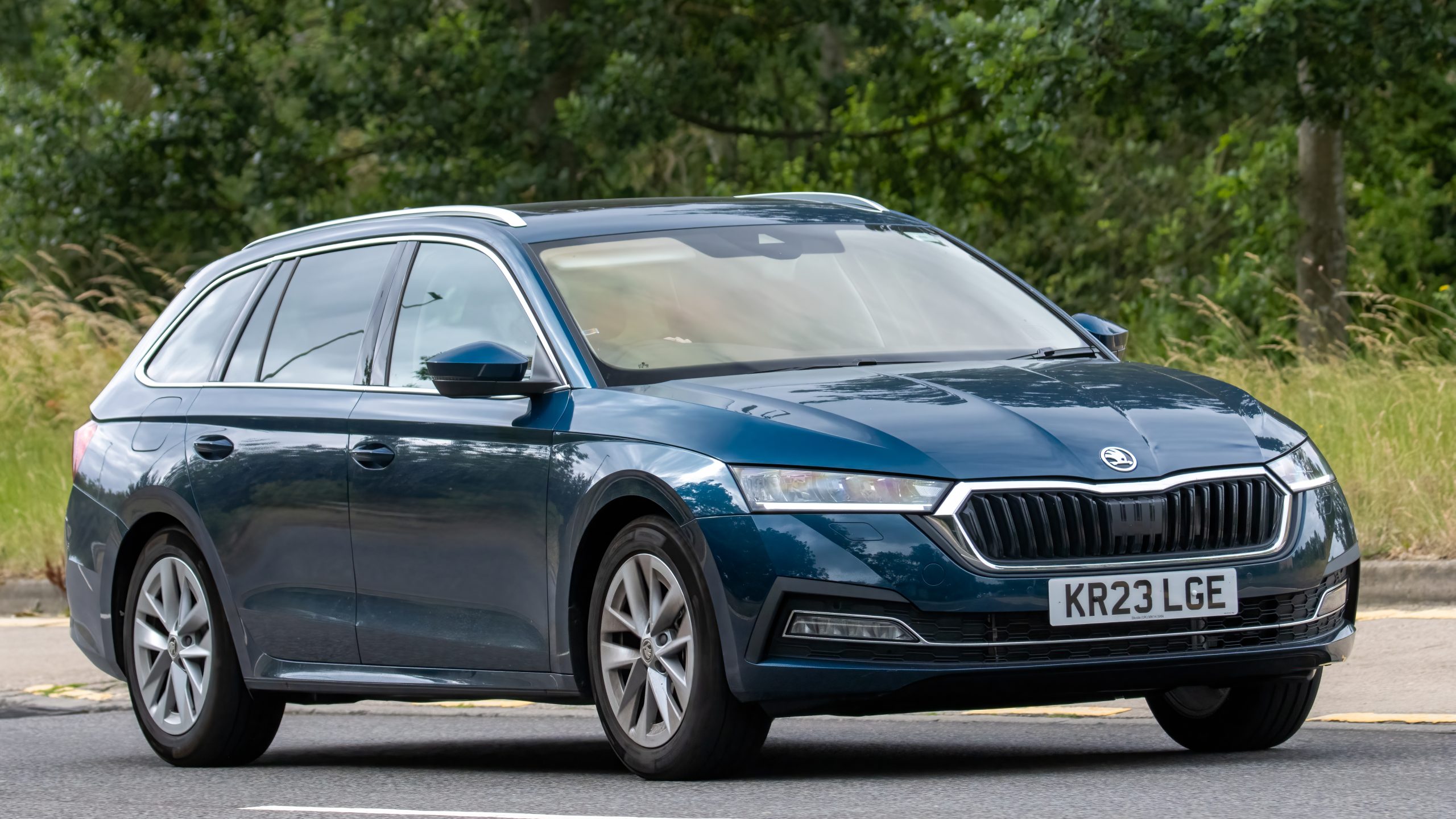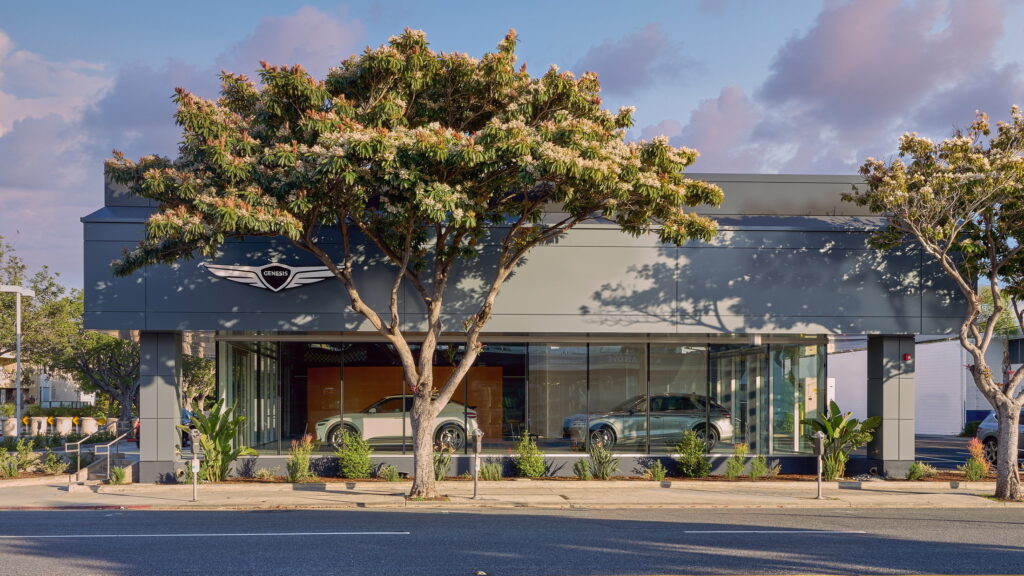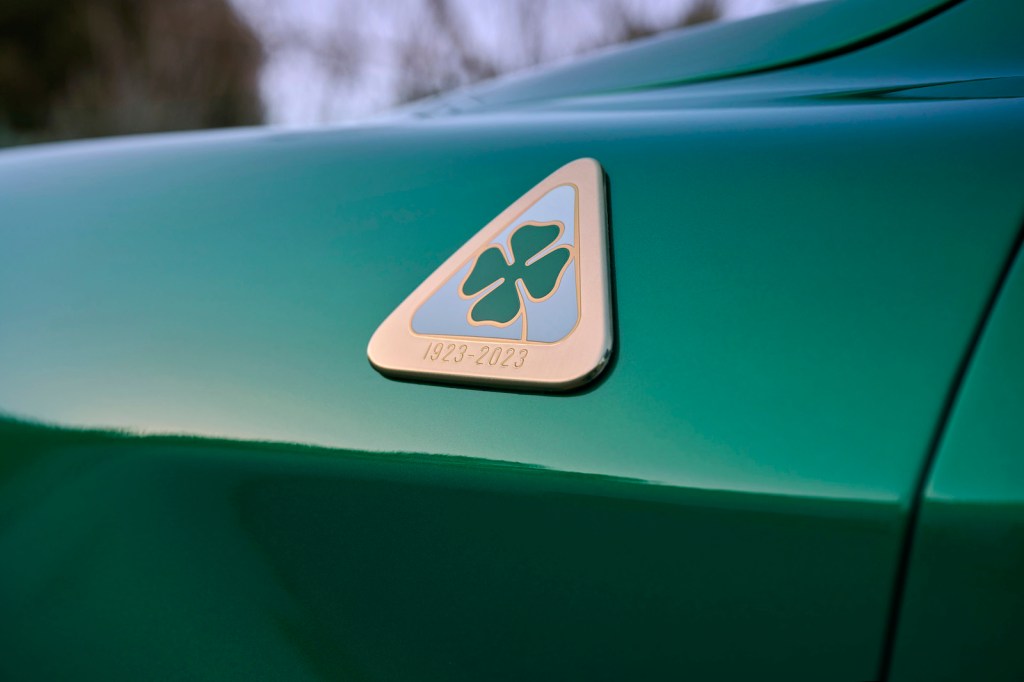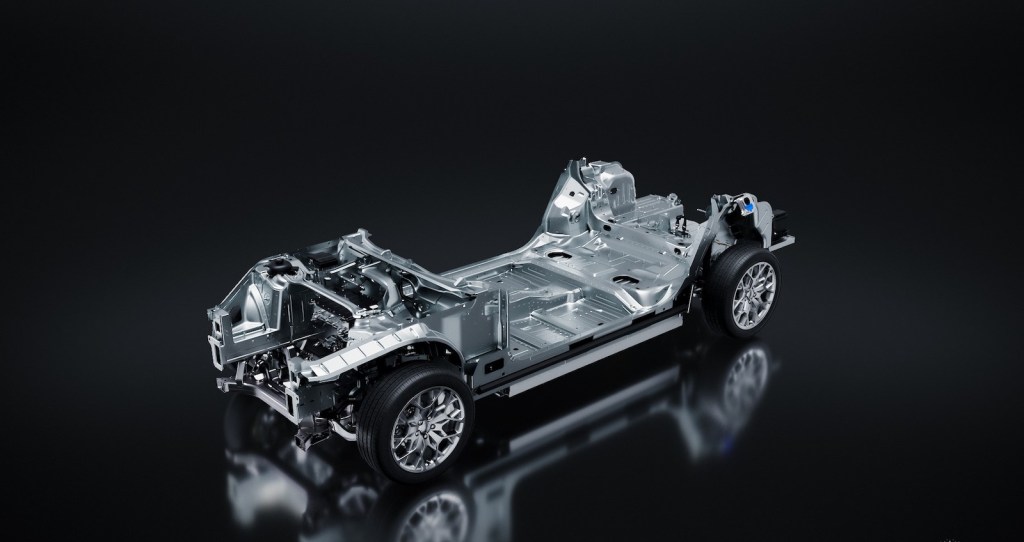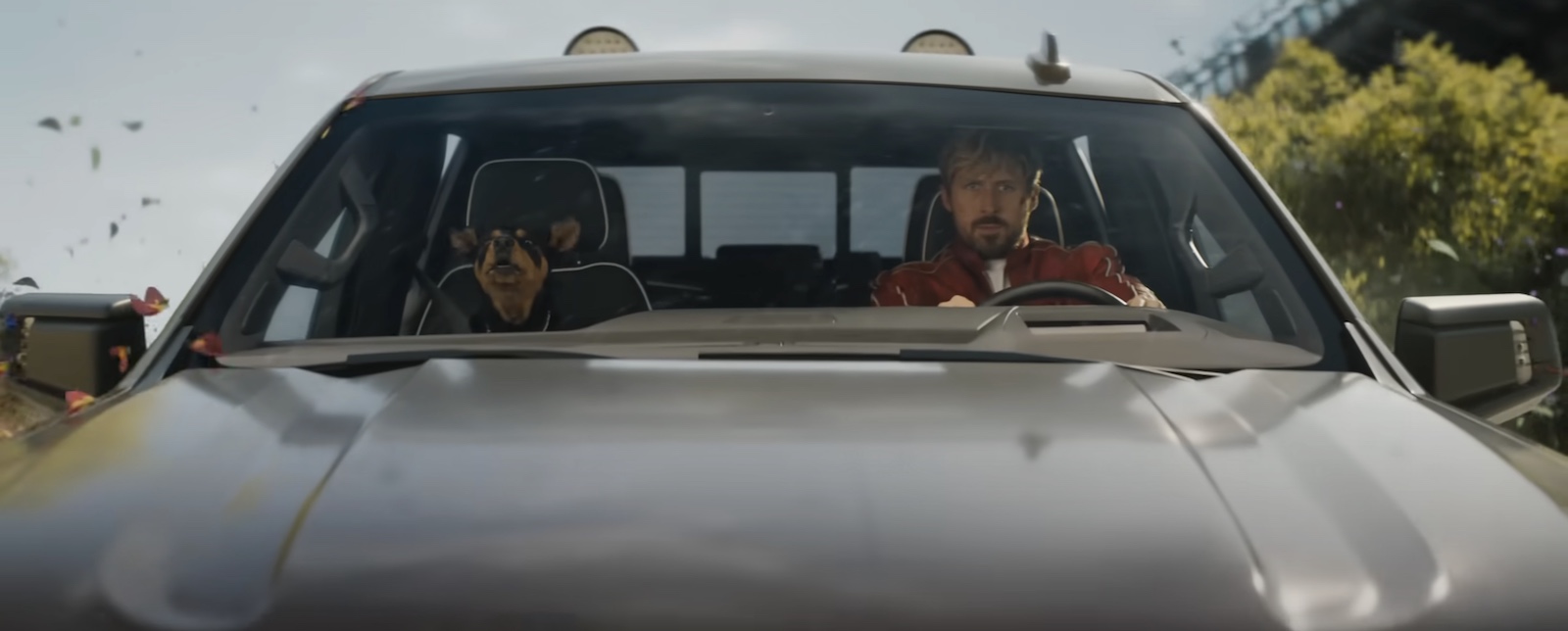“Oh, I’ll never drive a minivan,” I often hear from my friends. “They’re so uncool.” This has been the refrain from pretty much anyone in the Millennium generation for decades now, and yet it makes no sense. To call a minivan uncool is like saying a decorated soldier or a weightlifter or a farmer is uncool; you don’t have to like them, but there’s no way in hell “uncool” is the right word. And so today, on the second edition of the “David’s Takes” Sunday Op-Ed, I argue that minivans are the toughest cars on the streets, and that for that alone, they deserve respect.
Stop by any car dealership and have a look around at the various different vehicle shapes — the trucks, the crossovers, the body-on-frame SUVs, the sedans, the hatchbacks, the minivans, the wagons, and on and on. The vast majority of these noncommercial machines will live coddled lives. Even the trucks, with their heated leather seats and air suspension, will likely never see a hay bale in their beds or a trailer on their hitches. Most of these vehicles will be used as commuters for the entire duration of their soft, cushy lives. But one of those vehicles will live a lifetime of suffering; it will be beaten up from the day it’s brought home from the dealership to the day it gets forklifted onto junkyard jack stands to be pilfered for parts. Even in the afterlife, it will receive only ridicule from the masses, and will never truly be appreciated for its considerable sacrifices.
That vehicle is the minivan.
Let’s take it all the way back to day one; the van has just come off the assembly line at Windsor or Hanover or wherever, and has made its way onto a lot in Yadkinville, North Carolina, where a young couple, Meghan and Bill, are browsing for a new vehicle to hold their rapidly-growing family. “Yeah, we’re on number three and four now — they’re twins!” the couple tells the dealership salesperson. “We love our Cherokee, but it’s just not roomy enough for the car seats. We really like the van over there,” they continue, pointing.
So the salesperson lets the couple take a test drive with their kids, who have yanked open the sliding doors and are bouncing around the rear, yelling and screaming. “Mom! This thing is awesome! Look, I can even stand!”
“Ok Kaden, that’s great, but I need you to put your seatbelt on and sit on your booster,” Meghan replies.
“But mom, we’re only going on a short—”
“I don’t care, Kaiden! Get your ass in that seat!” She’s a bit frustrated. Buying cars can be a stressful ordeal.
Kaiden pouts, but then sits and starts playing with his iPad.
An hour later, Meghan and Bill have traded in their Jeep Cherokee, and are cruising back home in their massive house-on-wheels. Meghan loves the vehicle, but you can tell that Bill’s eyes have glazed over a bit, and he feels dead inside as he stares out the window at a brand new Ford Bronco on a neighboring dealership lot.
You see, Bill grew up with a 1991 Dodge Caravan as his family runabout, and he’s therefore got it in his head that minivans are uncool. After all, if your dad — the most uncool person in most children’s’ minds — used a vehicle to drop you off at soccer practice, then this vehicle cannot possibly be cool. This is basic math.
It’s A Grueling Life For A Minivan
For 12 years Meghan and Bill shuttle their children around in the van they bought from that dealership, taking their four youngsters to soccer practice, piano lessons, Boy Scouts, birthday parties — the whole lot. And in this role, the minivan excels. This is why Meghan and Bill had bought the machine in the first place — to haul their kids around, and though Bill finds the van deeply uncool and even a bit emasculating, he knew there was nothing else that could do this job better. So he deals with it.
Over that time, the family puts 150,000 miles on the van. Timmy learns for the first time how to use a fork while sitting in that second row; the practice necessary to make that happen results in huge mounds of food on the van’s carpet. Kaidynne fits all his baseball gear in the cargo area, but the whole inside of the car has to deal with his sharp cleats, which do a number on the back of the front seats. The third child, Johnny, and the fourth Child, Liz, love the outdoors; they have their dad take the van out into the woods and unload/loading it with firewood and wet tents and tarps and backpacks and other equipment.
Sometimes — especially when they were young — the kids fought in the back during road trips, they had digestion-related accidents, and as they grew older, the bodily fluids that used to drench the van’s carpets with were replaced with Coca-Cola and ice cream and Gatorade.
The van shrugged it all of, and continued diligently transporting Meghan and Bill’s most precious cargo, along with their friends and various equipment associated with after-school activities.
Then, after 12 years, the kids became teenagers, and it was time for the family to move on and get something a bit safer, as the van was now missing a lot of safety features standard in the newest crop of people-haulers.
So what happens to a minivan when it gets old and needs a new home? Does it go off into low-mileage retirement like a classic sedan might? Does it become a commuter car like the trucks and crossover SUVs it once shared a dealership lot with?
No, the van — which just spent a dozen years getting vomit and juice and the family dog’s diarrhea spilled all over it as it frantically drove around to get a bunch of kids to the right places at the right time — now enters an even tougher phase of its life, and the final one. It becomes a cargo van.
After ~15 Years Of Tough Family-Hauling, Life Gets Even Harder For Minivans
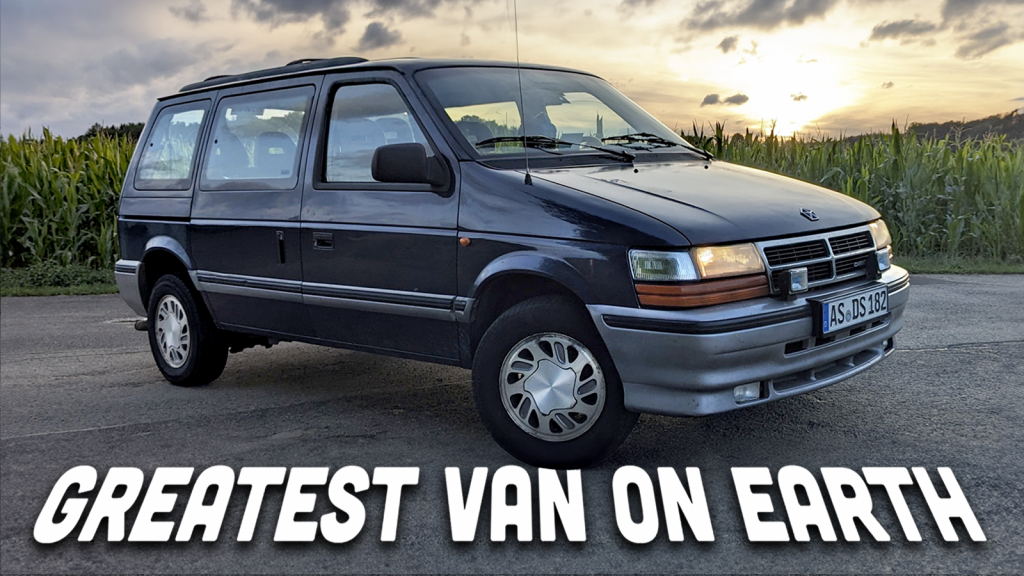
You see, an old minivan’s value is extremely limited. Nobody’s going to buy an old one to carry their kids around to school and to soccer practice, because families typically don’t want their children riding in aging, unsafe vehicles that could break down due to age. Check out my 1994 Chrysler Voyager diesel 5-speed in the image above. I bought this thing for $600. Why? Because nobody wants it. It’s never going to be a family vehicle like it once was, and it’s never going to be a weekend toy because no matter how old it is, nobody’s ever going to consider a minivan a classic; they’re just too “uncool.” Of course, I strongly disagree, which is why I bought that one from Germany, and am treating it like any of my other vintage classic automobiles.
Still, I’m an anomaly, which is why I knew that only two fates could befall an old van like mine. It could 1. Go straight to a junkyard. or two. It could become a cargo van for a small business.
Paint vans, delivery vans, welding services-vans, fencing services-vans, lawn services-vans — there may not be any more family-hauling duties in an old minivan’s future once it reaches a certain age, but you can bet that the vehicle’s retirement is going to be a back-breaking affair, and that the vehicle will meet its demise completely filthy, dented, smelly, and leaky. Every single ounce of utility will be squeezed out of the vehicle that raised Bob and Meghan’s family, and then that van will sit at a junkyard where nobody will pick any parts off of it because nobody gives enough of a damn to do their own repairs on a minivan, and a few weeks later the van will be a metal cube ready to be melted into an I-Beam.
How Can Something This Tough Be ‘Uncool’?
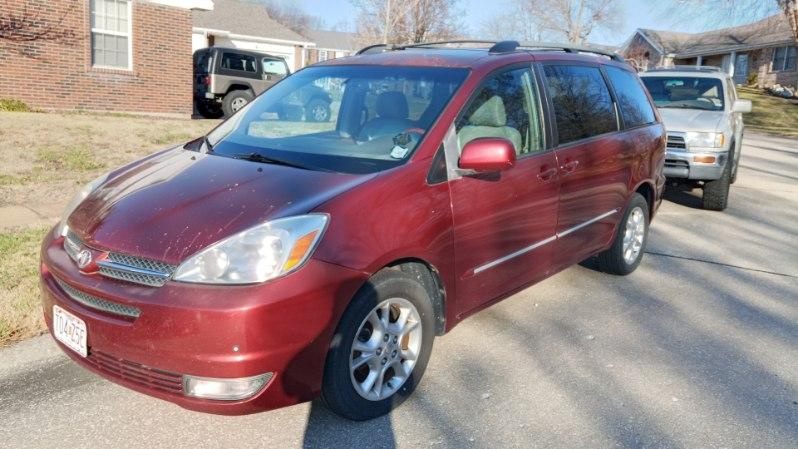
So we can sit in our cushy full-size pickup trucks that we’ve never taken off-road or used to tow, and we can point and laugh at minivans. We can call their drivers “poor schmucks,” and tell the world that we won’t be caught dead driving these uncool, sliding-door equipped machines that our uncool parents used to shlep us around. But just know that we’re wrong. Minivans get beaten up from the day they’re purchased to the day they’re sent to the junkyard. They get scratched and bruised by kids who don’t know how to be careful, because of safety advancements they become chopped liver in the eyes of families once they reach a certain age, and then the only use for them is to haul around ladders and gallons of paint for a small house remodeling business that hires reckless teens who don’t give a damn about the junky old minivan their boss told them to use to get to job sites.
For minivans, there is no mercy. And in a country where we value hard work and sympathize with fatigue and injury, surely we can realize that we’re wrong about these big sliding-door-equipped people haulers. They’re anything but uncool.

